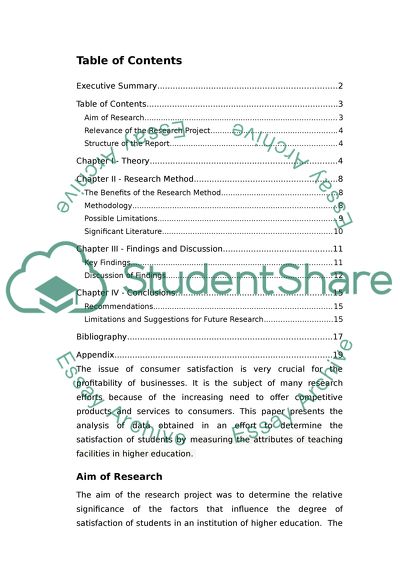Cite this document
(“Kano Model Analysis Research Paper Example | Topics and Well Written Essays - 2500 words”, n.d.)
Retrieved de https://studentshare.org/marketing/1392883-kano-model-analysis
Retrieved de https://studentshare.org/marketing/1392883-kano-model-analysis
(Kano Model Analysis Research Paper Example | Topics and Well Written Essays - 2500 Words)
https://studentshare.org/marketing/1392883-kano-model-analysis.
https://studentshare.org/marketing/1392883-kano-model-analysis.
“Kano Model Analysis Research Paper Example | Topics and Well Written Essays - 2500 Words”, n.d. https://studentshare.org/marketing/1392883-kano-model-analysis.


